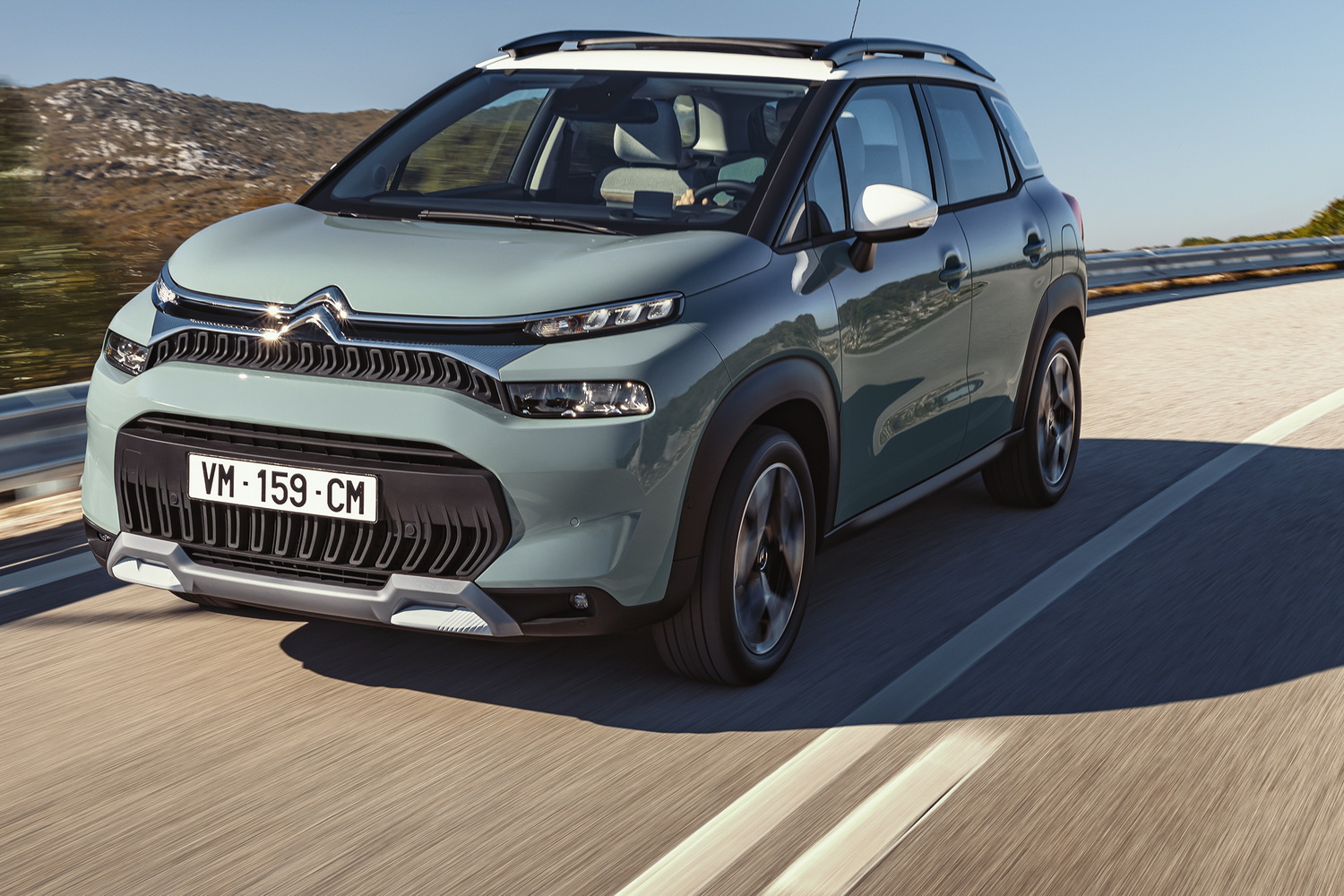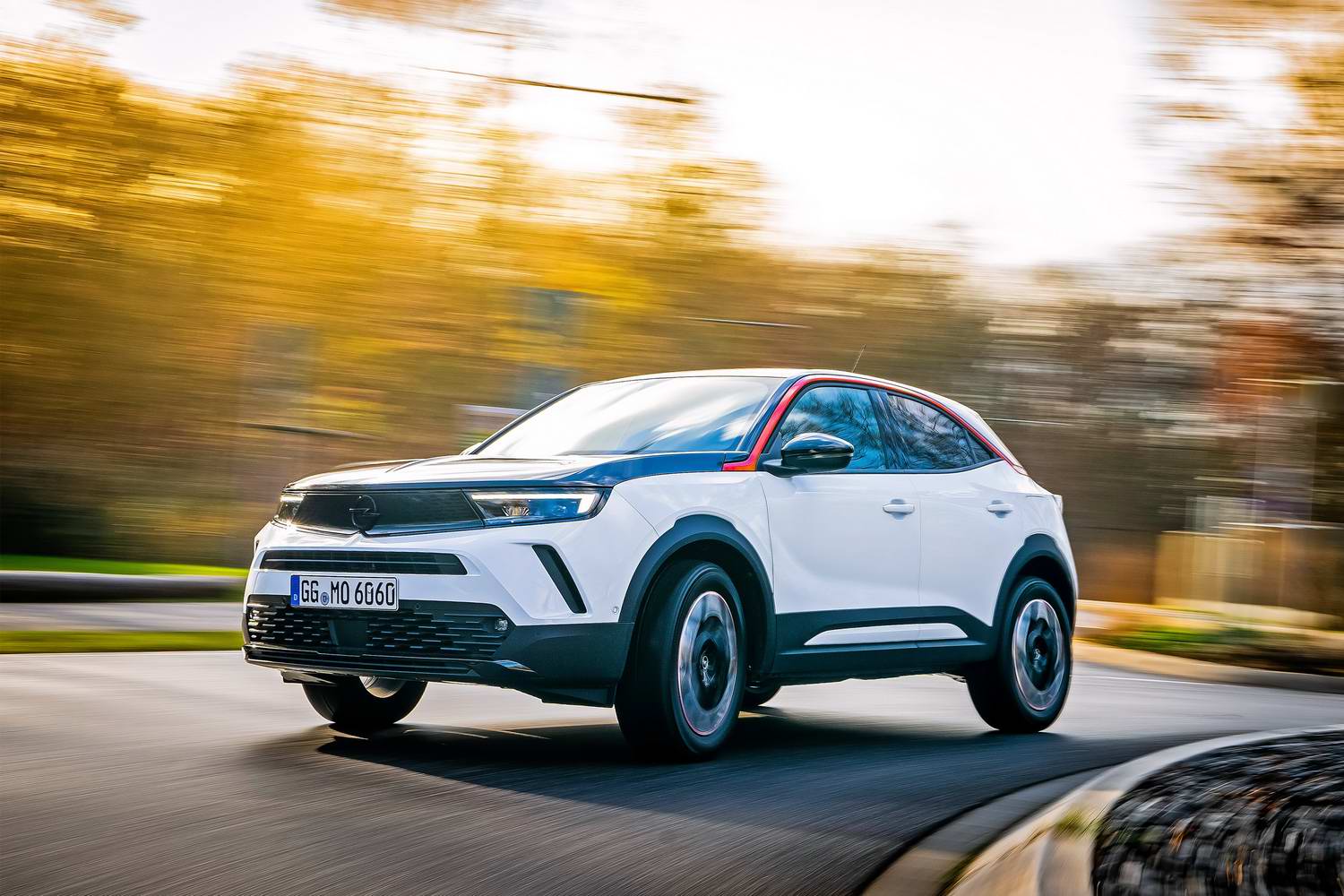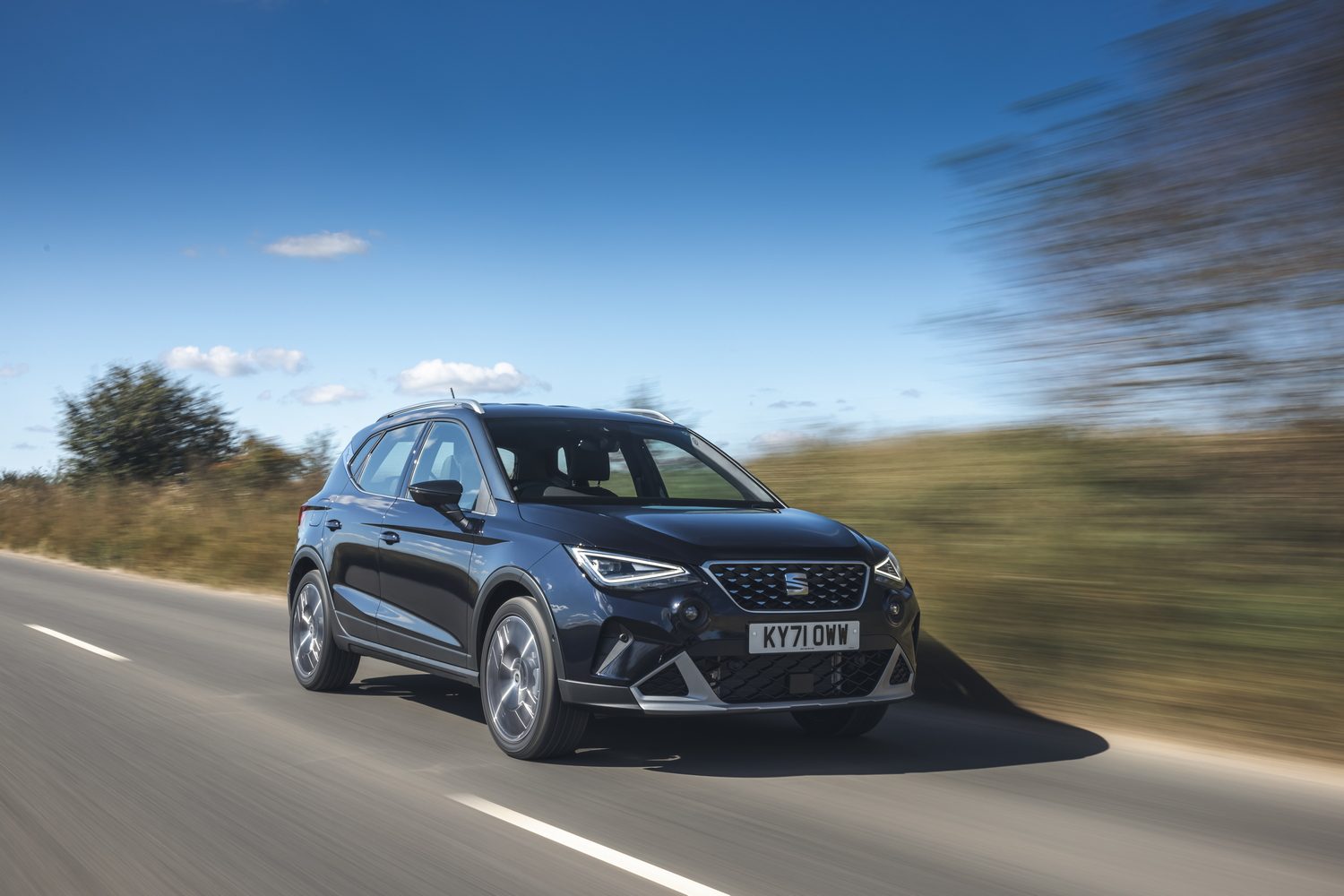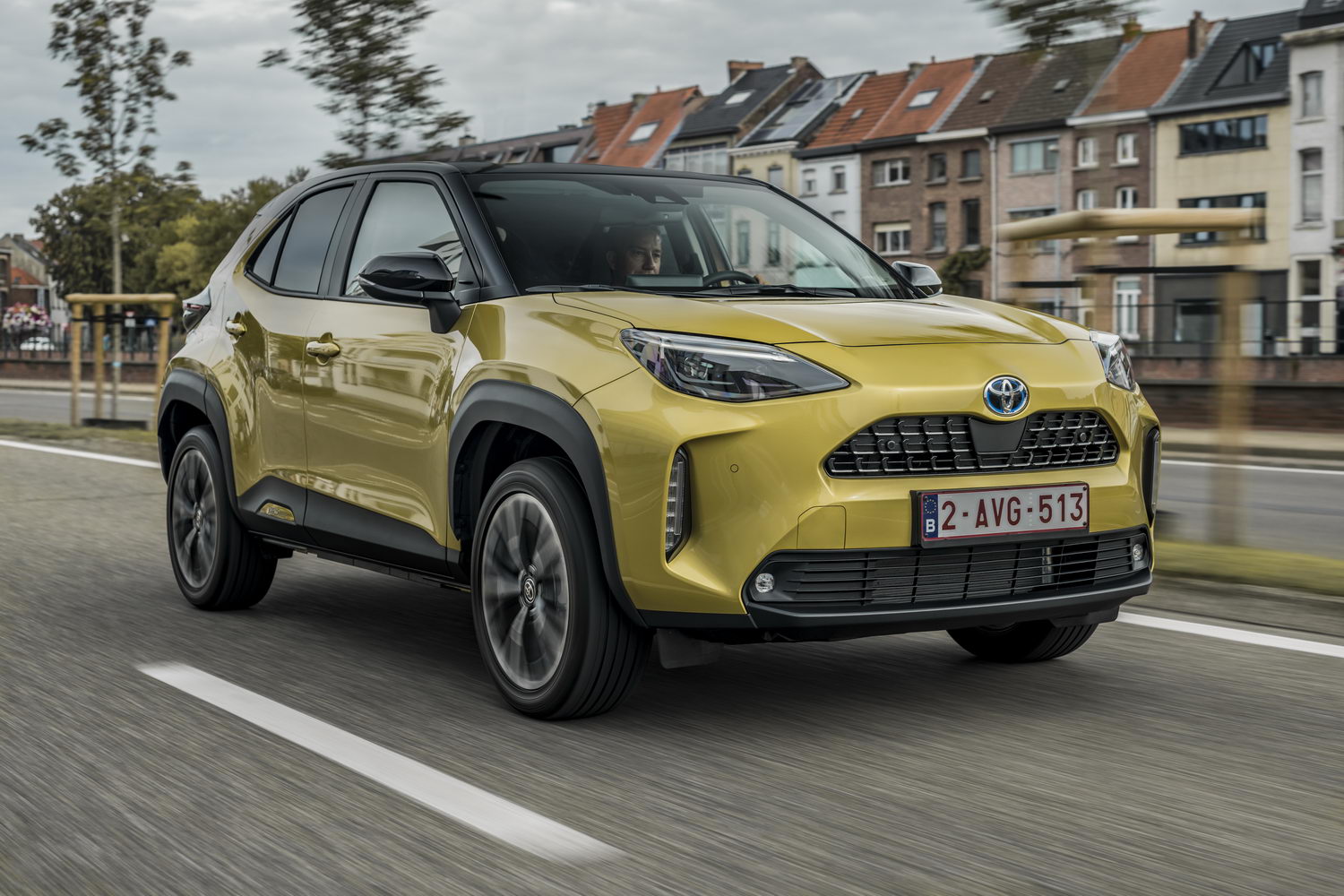The Citroen C3 Aircross was introduced in 2017, and it instantly proved its worth as one of the most appealing small SUVs on the market. Funky looks, a decent ride and great 1.2-litre petrol engines made it a hit, but its rivals have improved over the past five years, and the time has come to revamp the dinky crossover. Citroen has fiddled with the interior and exterior styling, but the basics remain more or less untouched, leaving us with one obvious question: is that enough to keep up with the best in this competitive class?
In the metal
Most of the modifications to the latest-generation C3 Aircross can be seen at a glance, with wholesale changes to the front end being the most obvious tweak. That new nose is designed to bring the car in line with other models in the Citroen range, including the latest-generation C4 and the current C3 hatchback.
In many ways, it isn't so radically different to the previous C3 Aircross. The chrome on the upper grille has changed a bit and the lower grille is now much more pronounced, but it definitely retains the slightly bulbous character that personified the old model. But then it would, because the only other external changes of note are some new paint colours, darker rear lights and a couple of new alloy wheel designs.
Inside, there are more changes, but none is particularly dramatic. There's a new central storage compartment between the front seats, as well as a larger centre console and a new cupholder design. Perhaps the most obvious change is the new handbrake, which replaces the strange pebble-like arrangement in the old model. The new lever is more conventional, but it's also more awkward to use, requiring you to contort your arm to operate the lever and its top-mounted release button. It's especially bad if you fold down the driver's armrest fitted to top-of-the-range models.
Otherwise, the C3 Aircross is pretty much the same as before, although that isn't necessarily a bad thing. The 410-litre boot, for example, is a decent size and there's plenty of headroom in the front and back. Rear legroom is slightly less generous, and taller passengers will be a little cramped back there, but kids won't have any problems whatsoever. On a more positive note, the C3 Aircross is also offered with Citroen's sofa-like Advanced Comfort seats, which mix lovely soft upholstery with even softer padding. Lower back support might be an issue on longer journeys, but around town they're supremely comfortable.
Interior quality is as you'd expect from a compact French car, with some cheap plastics on display, as is the norm at this end of the market. There are, unfortunately, more upmarket touchscreen infotainment systems than that of the C3 Aircross. The little SUV's screen is much the same as those fitted to other models in the Peugeot and Citroen ranges. Nonetheless, without some of the more frivolous inclusions available there, the menus are cleaner and the display more logical. Citroen has left the climate control system hidden away in the screen, which is a pity - conventional physical controls are much better - but it isn't the end of the world, and it helps make the cabin look more modern.
Driving it
The C3 Aircross is designed primarily for comfort, rather than handling or performance, and that shows in the engine range. Our test car came with the 1.2-litre, 110hp PureTech petrol engine and a six-speed manual gearbox, while the only other option is the more expensive PureTech 130 engine, which offers 130hp and an eight-speed automatic transmission. Neither engine offers particularly impressive performance, but a 0-100km/h time of 10.1 seconds for the PureTech 110 option is more than adequate. There certainly won't be any issues with joining motorways or keeping up with traffic.
More important is the economy, which is as solid as you'd expect from a little 1.2-litre engine. Officially, it'll burn as little as 5.5 litres of petrol every 100km, and it shouldn't be too difficult to achieve something in that ballpark on long journeys, as long as you don't drive like your hair is on fire.
Not that anything about the C3 Aircross will encourage that kind of behaviour. The engine has enough punch, but it's hardly plentiful, and while the three-cylinder unit is smooth and eager, it doesn't exactly scream performance. It's much easier to sit back and relax, and just enjoy the comfort and refinement of this chunky urban runabout.
And it is quite comfortable, thanks to its big, soft seats and the relatively supple suspension. It's a small car, so it isn't going to iron out every single imperfection, but it does a reasonable job of isolating your backside from the majority of lumps, taking the sharp edges off potholes and rounding out cobblestones.
Normally, the trade-off for that kind of ride would be slightly spongy behaviour in corners, with the tall body lurching from side to side, but the C3 Aircross doesn't do that. It leans a bit, of course. That raised driving position and increased ride height means it naturally tilts more than your average hatchback, but it isn't bad for a car of this size.
Team that with light, but quite responsive steering and you've got a car that handles surprisingly well. Few buyers are going to fling this thing around, but it can stand up to that kind of treatment admirably, albeit ultimately less capable than, say, a Peugeot 208. That said, The Citroen is more practical and just as good around town, where the light steering makes manoeuvring easy and visibility is generally very good.
The other advantage of the Citroen is that it can have a modicum of ability when it comes to farm tracks and other rough surfaces. That's assuming, of course, that you specify the Grip Control feature, which is essentially a clever traction control system that optimises the power delivery for the conditions. It doesn't turn the Aircross into an all-conquering Land Rover at the touch of a button, but it'll provide a little extra security in the snow and ice, and it makes the car surprisingly capable if you mix it with some weather- or surface-specific tyres.
What you get for your money
In Ireland, the C3 Aircross has a two-tier range that starts at €26,980. That money pays for the basic Flair model, which comes with plenty of standard equipment, including automatic air conditioning, 16-inch alloy wheels and automatic LED headlights. It also gets the standard nine-inch touchscreen, navigation and rear parking sensors, as well as automatic windscreen wipers and roof rails. Stepping up to the Flair Pack version we tested takes the price to €28,690, but you get larger 17-inch alloy wheels, a reversing camera, part-leather upholstery and a black contrast roof as standard.
Summary
The C3 Aircross's updates are almost exclusively aesthetic, and the revamped car certainly looks and feels more modern than its predecessor. But in pretty much every other way, it's absolutely identical. That makes the Aircross every bit as charming as when it was first launched five years ago. In a market now awash with modern rivals, it's no longer a leading light. It is still among the most appealing models in the class, however, and the updates have only made it more charming.






































